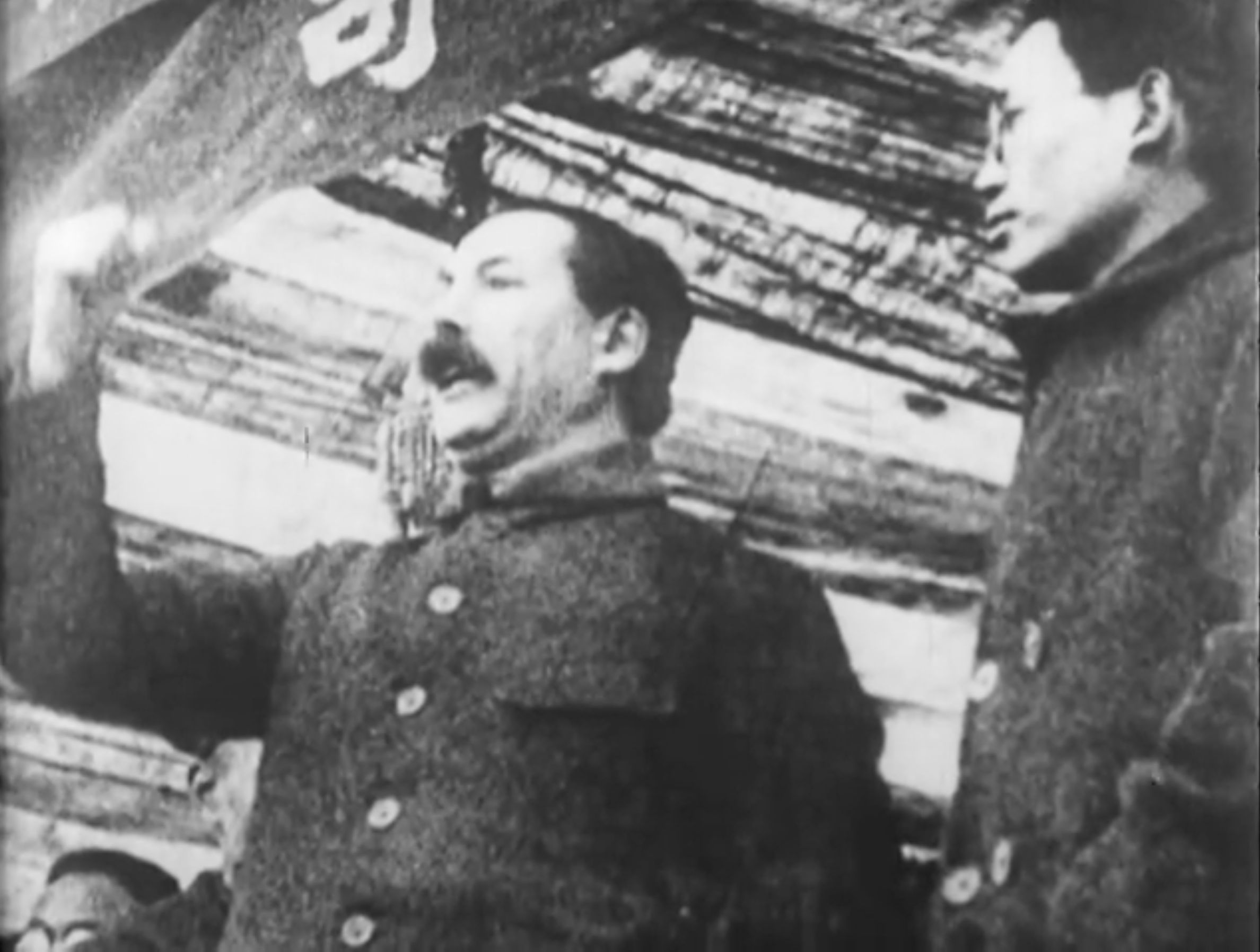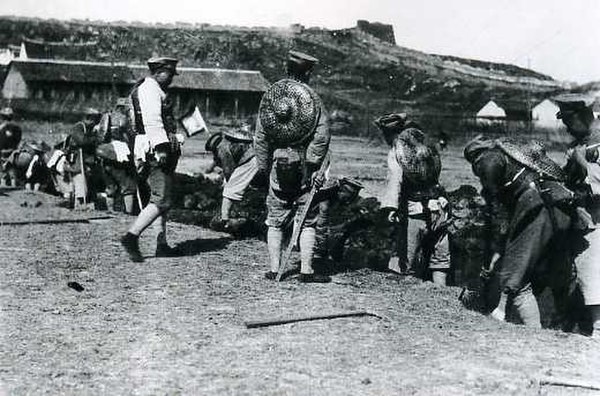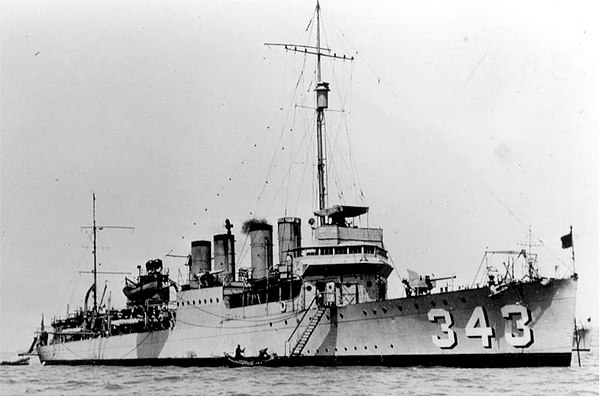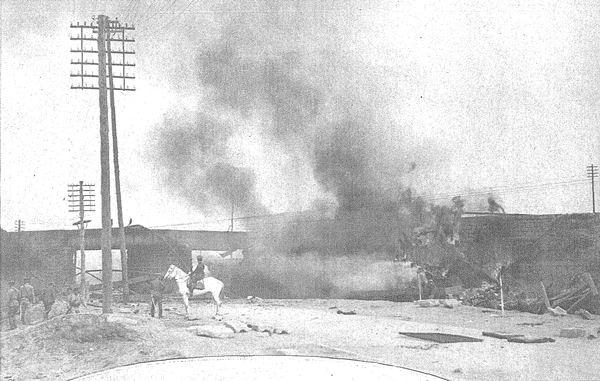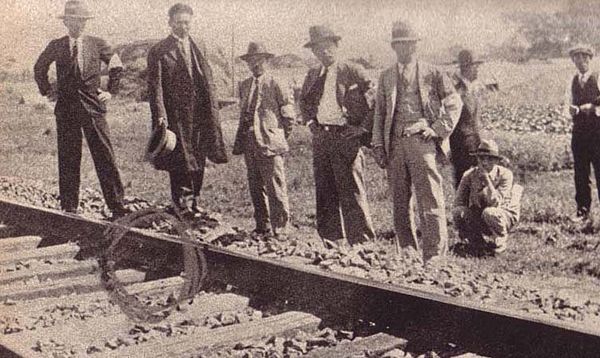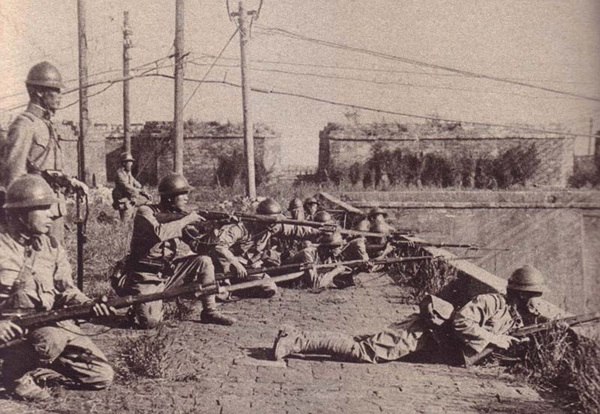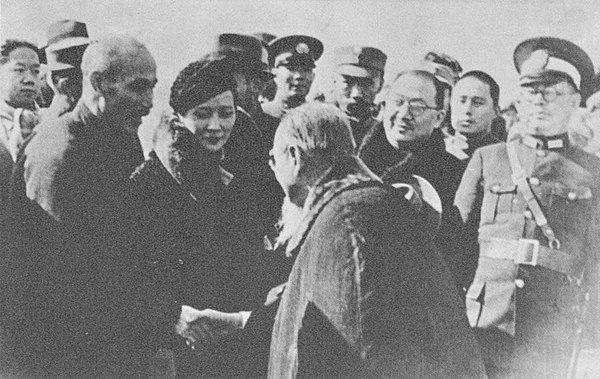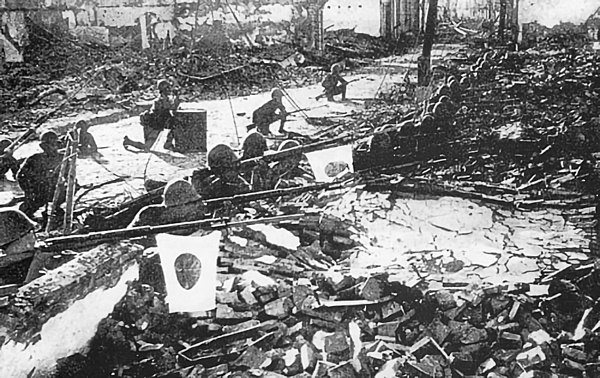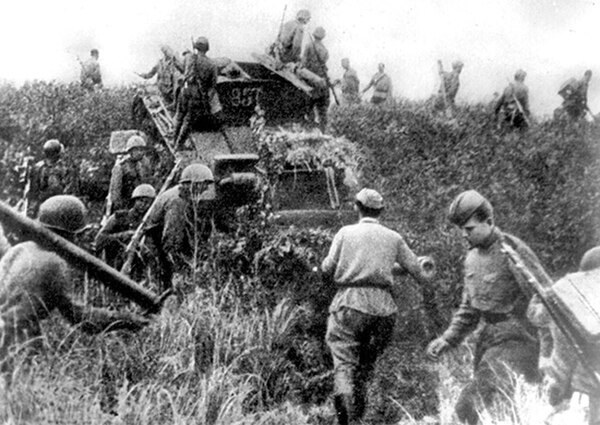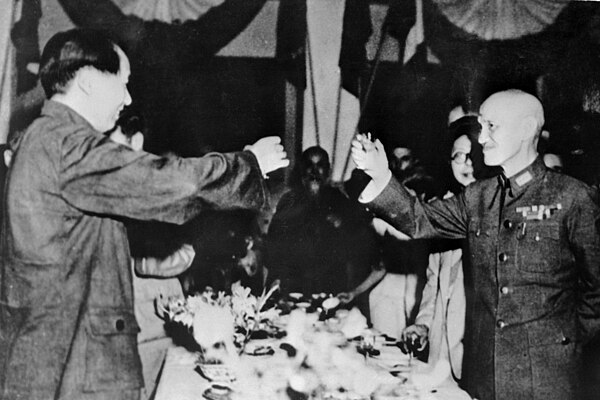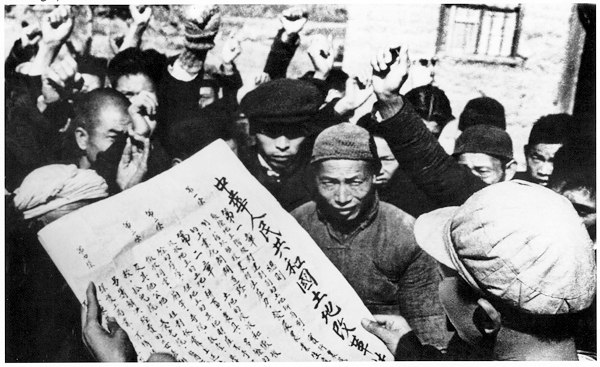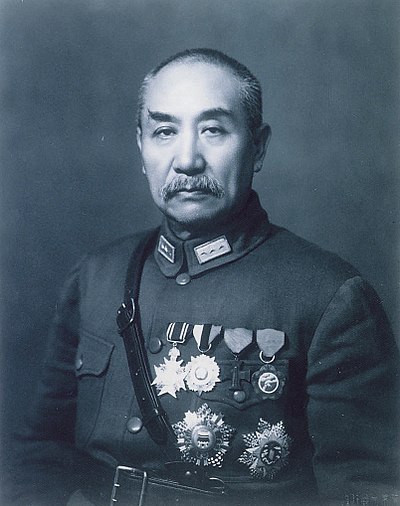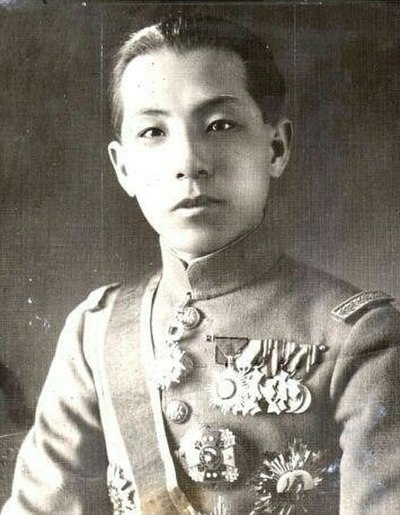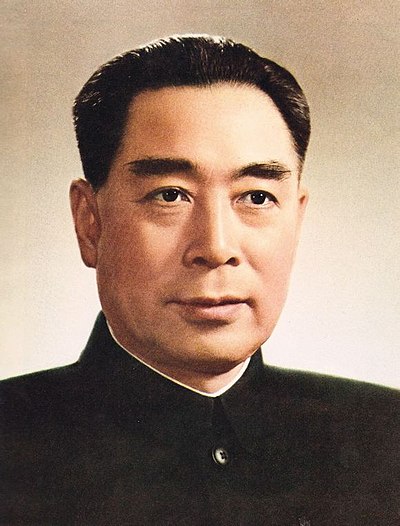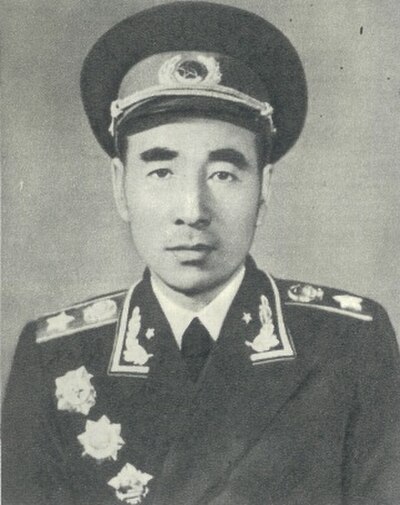
Chinese Civil War
The Chinese Civil War, a major event in 20th-century Chinese history, spanned from 1927 to 1950. It was marked by a fierce struggle between the Kuomintang (KMT), led by Chiang Kai-shek, and the Chinese Communist Party (CCP), under Mao Zedong. The conflict arose from ideological differences, with the KMT focusing on national unification and modernization, and the CCP advocating for a socialist state through a peasant-led revolution. The hostilities intensified after the 1927 Shanghai Massacre, where Chiang purged Communists from the KMT.
The war was intermittently paused by the Japanese invasion in 1937, prompting the formation of the Second United Front between the KMT and CCP against Japan. Despite their cooperation, the two sides maintained deep-seated mutual distrust and differing tactics; the KMT engaged in conventional warfare while the CCP expanded through guerrilla warfare and land reform in rural areas.
Post-World War II, the conflict resumed with renewed vigor. The United States supplied the KMT with military aid, whereas the Soviet Union equipped the CCP with captured Japanese arms. The KMT, however, faced internal challenges like corruption and inflation, which weakened public support. Conversely, the CCP built strong grassroots backing and utilized effective military strategies.
By 1949, the CCP controlled mainland China and established the People's Republic of China on October 1, with Mao as the leader. The KMT retreated to Taiwan, setting up a separate government. This division set the stage for ongoing tensions and influenced East Asian geopolitics during the Cold War.
The war's legacy continues to shape China-Taiwan relations and forms a core part of Chinese political identity, reflecting the complex journey toward modern nationhood and impacting regional and international relations.

